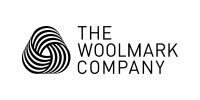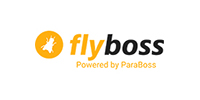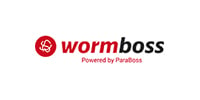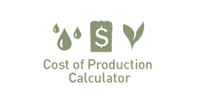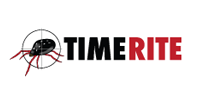Loving wool to the Moon and back
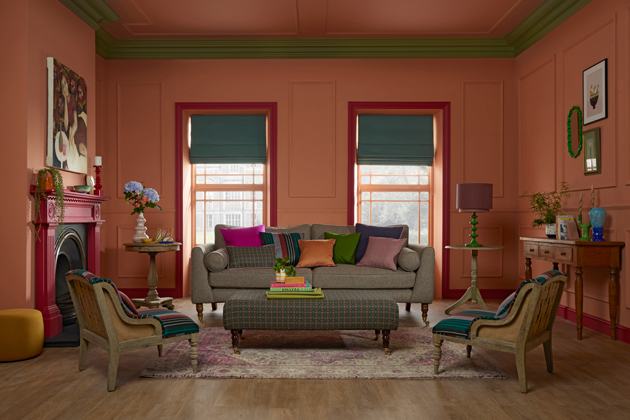
Wool is well known for its use in apparel, but the fibre’s versatility also makes it ideal for interiors. British mill and Woolmark licensee, Abraham Moon, can produce 25,000 metres of wool fabric every week, with a significant amount of that destined for home interiors and contract furnishing markets.
Founded in 1837, the year in which Queen Victoria succeeded to the British throne, Abraham Moon & Sons is one of the UK’s leading woollen and worsted manufacturers, creating premium wool fabrics for both apparel and interiors.
All its fabrics are manufactured in its fully-vertical mill that is based on the original Victorian-era site at Guiseley in Yorkshire. By manufacturing from a single site, Moon is able to control every stage of the production process to ensure the highest standards – from the dyeing and blending of wool fibres, to spinning, weaving and finishing of fabrics.
Moon was founded on the wool trade, and wool – broad wools and Merino – remains the predominant fibre used by the company, with many of its fabrics made from 100% wool.
“Wool is a fantastic fibre that we are very passionate about. It has a range of impressive inherent properties that make it so versatile in fabrics,” said Moon’s Brand & Product Director, Joe McCann.
“Moon has been a private family-owned company ever since it began 188 years ago. We employ more than 200 people and we are proud of our ‘Made in Britain’ heritage, which is exhibited in the style of fabrics we produce with their quintessentially British look.”
Moon is well-established within the apparel trade which remains the cornerstone of its business. Its fabrics are sold to fashion labels, designers and brands worldwide for use in apparel such as jackets, coats and tailoring. The company boasts a customer base of many top fashion houses, including Ralph Lauren, Dolce & Gabbana, Burberry, Paul Smith and many more.
“However, around 20 years ago Moon decided to utilise their extensive yarn offering that was used in their apparel fabrics to create fabrics specifically for the interior industry. Their extensive knowledge of designing and producing innovative fabrics positioned Moon as one of the go to brands for woollen interior fabrics. The inherent performance and character of wool lends itself to many applications such as upholstery, cushions, curtains, throws and blankets,” Joe said.
“Such was the growth in business that interior fabric now makes up a significant amount of our annual production. While the volumes of apparel fabrics vary during the year and year-to-year, depending on the season and fashions, our interiors business has a more consistent production throughout the year.
“We produce multiple new interiors collections every year. Our wool fabrics are used internationally in residential, contract and hospitality projects, from 5-star hotels to even 10 Downing Street.”
Moon fabrics are renowned for their beautiful colour palette. The company can dye wool in more than 500 different shades and colours, using precise combinations of dye, pressure, temperature and time. Up to seven different coloured wools can be blended together in each yarn to create their unique and appealing rich colour.
The company is capable of weaving 25,000 metres of cloth per week. After the fabric is woven, each piece begins a strict quality control process. Moon’s staff closely inspect the fabric at three stages in the manufacturing process – when it comes off the loom, after the finishing process, and again before it leaves the factory.
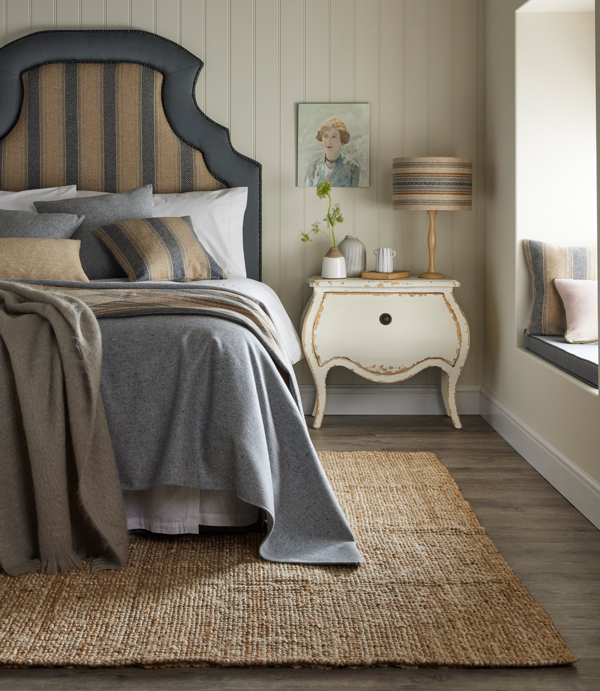
Wool lends itself to many applications including upholstery, cushions, curtains, throws and blankets. These rooms in the two images in this article are furnished with fabrics from Abraham Moon & Sons.
Quality is at the core of everything the company does. To provide its customers with an independent assurance of quality, Moon is a Woolmark licensee. Woolmark certification guarantees durability, performance and quality.
Although heritage and quality form a significant part of the Abraham Moon narrative, the company is also focussed on sustainability – from the fibre, through manufacturing to the final product.
“We are proud to be a British manufacturer that uses such an eco-friendly material, wool, which has natural, renewable and biodegradable benefits. Wool of all microns are well placed to take advantage of the market trend towards sustainability,” Joe said.
“We source our wool from across the world including from here in Britain. We make every effort to ensure that the raw wool is only from reputable sources, which includes prioritising animal welfare. Part of our approach includes certifications; the company buys RWS wool. However, we recognise that the costs and administration needed to gain certifications can be a burden on woolgrowers, and we don’t want traceability to just be an exercise in ticking boxes.
“Traceability is about working more directly with woolgrowers, to learn what they’re doing with their land and sheep, and build productive two-way relationships with them. This can also provide a more authentic narrative in our marketing which is very important to us.”
Moon’s approach to sustainability extends to the operation of the Guiseley factory itself. For instance, it has more than 520 solar panels installed across the roof of its mill and energy-efficient LED lighting installed throughout its site. Waste selvedge and unusable fabric scraps are collated and pressed into bales to be collected in bulk for recycling.
“Paired with our continued efforts towards responsible sourcing, waste and resource management, we aim to deliver products of the highest ethical quality as well as performance quality,” Joe added.
Wool – the perfect choice for interiors
With the perfect mix of natural performance, strength and comfort, wool can play an increasingly large role in interiors: in homes and properties such as offices and hotels, and in products as far ranging as upholstery, curtains, bedding, rugs, lighting, and decorative objects.
As well as the consumer trend towards sustainability, the movement towards health and wellness is another big trend that plays in favour of wool. Wool has a luxurious finish and is resistant to odours, stains and flames, and it provides thermal and acoustic insulation – making it a natural choice for any interior.
The volume of wool globally used for interior textiles continues to climb above the volume of wool used for apparel. For a few decades prior to 2007, the split favoured apparel over interiors, but about 55% of all wool is currently used for interiors with 45% used for apparel.
Although Australian wool is traditionally renowned for its use in apparel, there are plenty of options for interiors, too – not only for broad and crossbred wool but also for Merino.
This article appeared in the Spring 2025 edition of AWI’s Beyond the Bale magazine that was published in September 2025. Reproduction of the article is encouraged.






